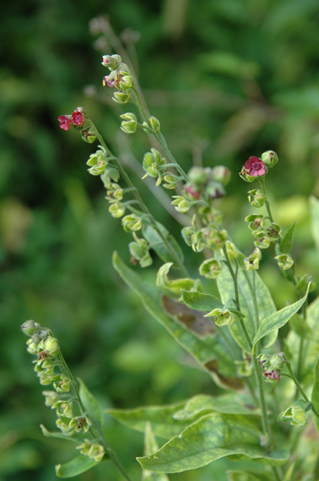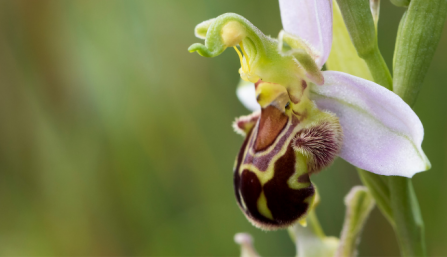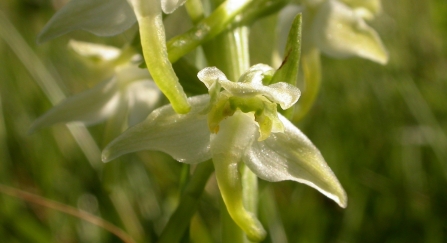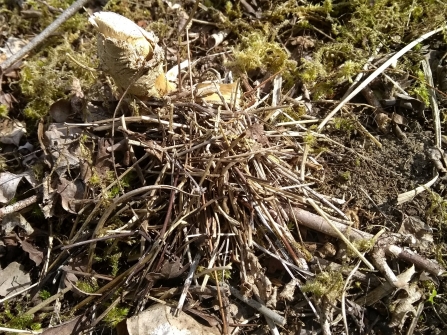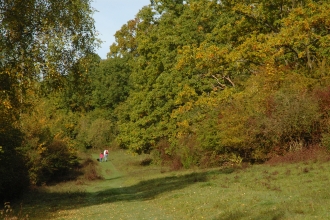Walking through the reserve, a chattering of chicks and their parents noisily chirping to each other can be heard, and the wobbly first few flights of new fledglings observed between the trees.
We were fortunate enough to witness a blue tit family of seven chicks hatch, grow and fledge from our nestbox camera – something that was a hit with our visitors too!
Now, as I am writing this, I can see various families of tits and even a great-spotted woodpecker chick being fed and learning to self-feed on the bird feeder outside my office window.
The woods are cool and shady, and below the canopy there is a carpet of plants including dog’s mercury (Mercurialis perennis) scattered with wood avens (Geum urbaum), bugle (Ajuga reptans), germander speedwell (Veroninca chamaedrys) and garlic mustard (Alliaria petiolata).

